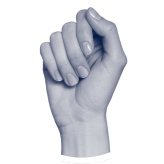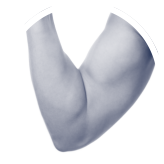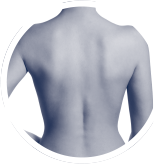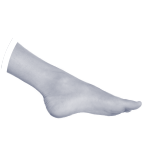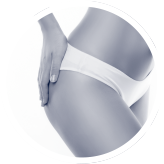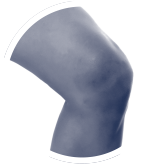
For minor soft tissue injuries, using PRICE therapy is the medical term for an age-old treatment. It is used directly after an injury has occurred or when symptoms start to appear. When used correctly, PRICE therapy can shorten recovery time and minimise any discomfort and other symptoms.
What is PRICE therapy?
PRICE is an acronym for Protect, Rest, Ice, Compression, Elevation.
Protect – prevent exasperating any injury by protecting the affected area (e.g. casts or braces).
Rest – allow healing to take place by avoiding activities using the injured area.
Ice – Minimise any swelling by applying ice to the area.
Compression – Apply bandages to the injured area to apply compression to reduce swelling.
Elevation – by keeping the injured area elevated above the heart, you reduce the ability to swell.
PRICE is considered a first-aid treatment and should not be a cure for soft-tissue injuries.
When Should I Use PRICE Therapy?
PRICE therapy works very well for minor soft tissue injuries that involve muscles ligaments and tendons, such as mild sprains and strains or overuse injuries.
You should use PRICE therapy as soon as the injury has occurred or when symptoms start appearing. It can be treated at home for two to three days after an injury.
PRICE therapy is a first-aid treatment rather than a cure for injuries. If your injuries are severe, you should seek medical attention.
How to Apply PRICE Therapy to An Injury
Protection
After the initial injury, protecting it temporarily will eliminate the risk of further injury. This will and speed up the recovery process and minimise any symptoms. This may mean limit the function of the injury, such as putting an arm in a sling or crutches for a knee injury.
Rest
Rest is needed for any injury to heal properly. If continual pressure and stress are applied, it can delay the recovery process, inflict more pain and increase swelling. However, it is important not to rest the injury for too long as this will reduce muscle mass (3-5% per day) and joints will start to stiffen.
Once you start moving the injured area again, start off slow and work back to your normal pace to avoid further injuring the area.
Ice
Ice will help reduce any swelling that causes pain. You should apply an ice pack to the affected area every twenty minutes and reapplied every 2 hours. Using regular ice packs work well, but a bag of frozen peas or similar will work just as well. However, always wrap the ice packs in a towel to avoid contact with the skin that may cause an ice burn.
Compression
Use bandages to compress the injury to reduce swelling. It is preferable to use an elastic bandage to avoid wrapping too tightly. If this occurs, it may cause more swelling than it prevents.
Elevation
Raise the injury above your heart to stem the blood flow to minimise swelling. To achieve this, try resting the injury on a stack of pillows.
After two days, the symptoms of the injury should be minimal. If not, you should seek medical attention.
For more orthopaedic news, follow London Bridge Orthopaedics on Twitter, Facebook and LinkedIn.


